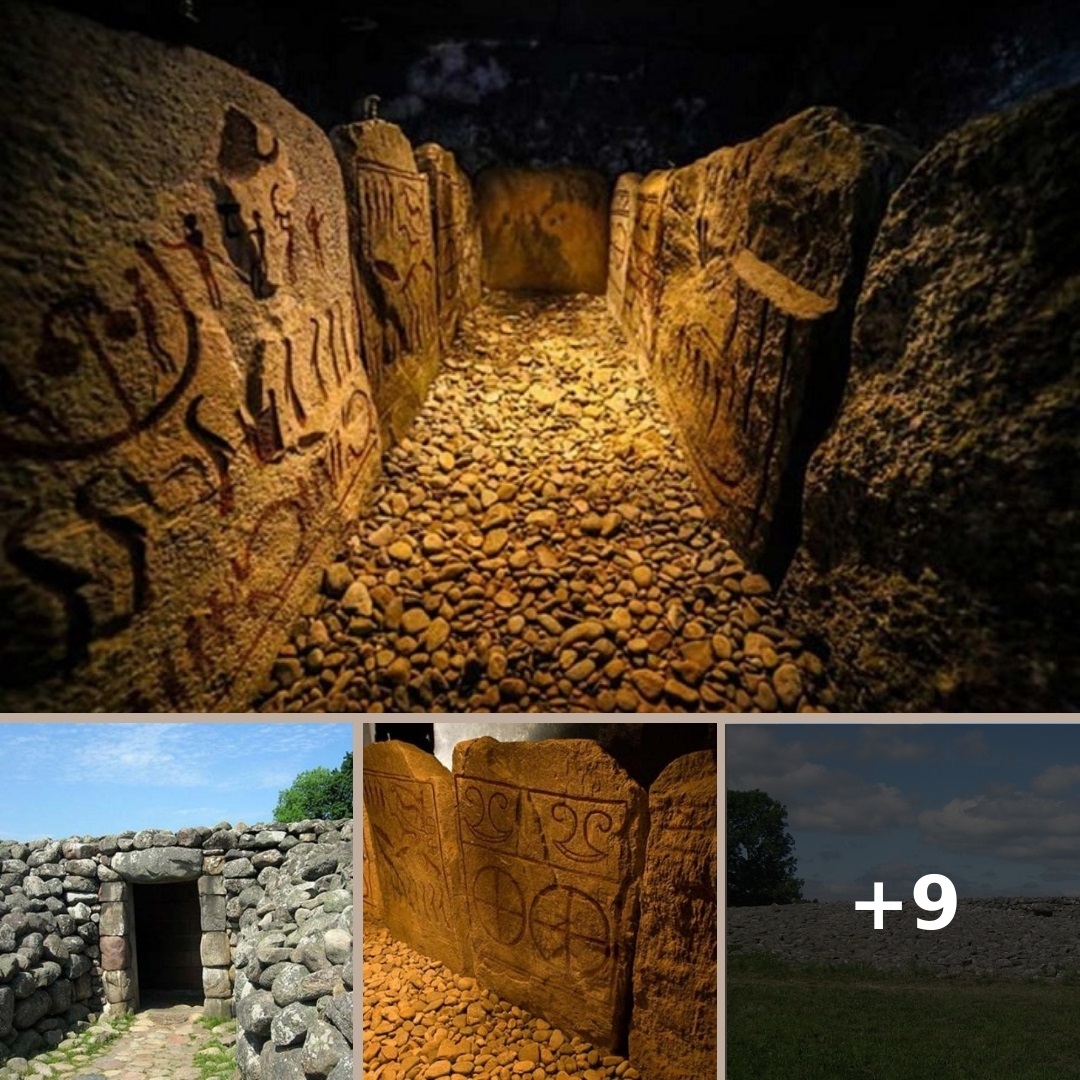The tomb was constructed around 1500 BC. Because there are no artifacts that can help date the site with any more specificity, the site is habitually dated to the Early Bronze Age.
It is amazing to think about the sheer number of enigmatic stone structures and burials created by the ancient Norse people. However, the King’s Tomb near Kivik is one of the most important archaeological sites in history. It is one of the greatest archaeological sites connected with the Bronze Age people who lived in the area.
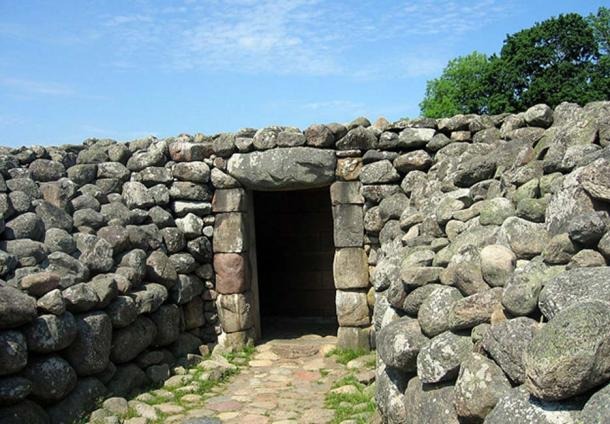
Stone ships formed of rocks that were carefully laid in a specific order were among the mysterious and remarkable monuments left by the Norse peoples of the Bronze Age. Researchers investigating burials at Kivik near Scania in southern Sweden discovered a burial that provided new insights into local ancient rulers.
A tomb for Kings
The tomb is 1,000 feet (320 meters) from the coast of Scania and has been mined for stone for years. It’s therefore been difficult to determine what the strange stone structure was before it was fully excavated. When two graves were found, it became clear that it had been a special place in the past.
The people and animals depicted in the petroglyphs are depicted in cists (Note: a cist is a monument of funerary megalithic tradition). For example, there is a drawing of a carriage drawn by two horses. Besides horses, the petroglyphs feature birds and fish. Mysterious ships and symbols were also found.
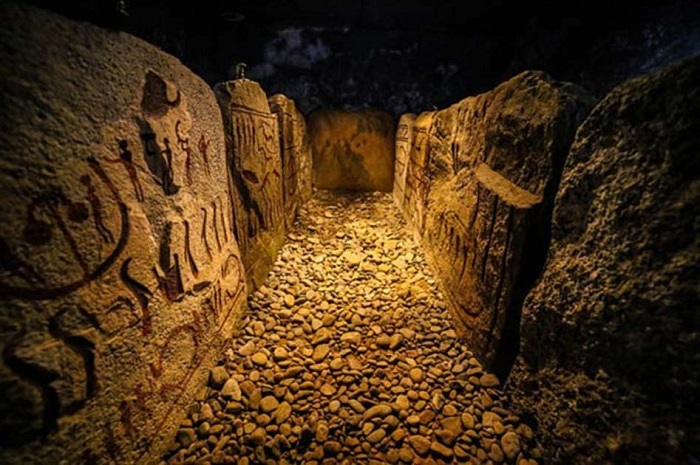
In search of treasure
In 1748, two farmers accidentally stumbled upon a tomb while they were quarrying stone for construction. Three and a half meters long, it was positioned north to south and made of stone slabs. Despite their initial presumption that they would find valuables underground, the farmers started digging, spreading the tale.
The two farmers were apprehended by police, who were cross that they had not been informed of the discovery ahead of time. While in prison, the men admitted the truth: They hadn’t found anything of significance during their dig. The story about the place didn’t stop there, even after the farmers had been released.
Archaeologist Gustaf Hallstrom led the first official excavations between 1931 and 1933. Petroglyph stones were damaged when local people removed them for other construction between 1931 and 1933. The team excavated the remains of a stone age settlement, but only a few Bronze Age-related bones, teeth, and bronze fragments were found.
A land of megaliths and forgotten kings
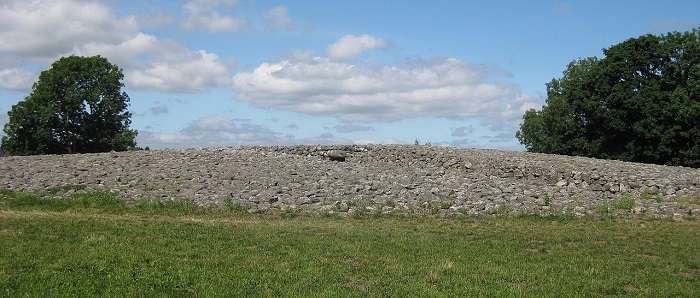
Thousands of tombs and megalithic structures have been lost in Scandinavia for centuries, and archaeologists have been reconstructing them for decades. The work of many scientists is helping us understand the purpose of buildings and life in the region in ancient times. No one knows what life was like during the Bronze Age.
The Kungagraven museum displays all the artifacts discovered on the site. Each year, tens of thousands of tourists visit Kungagraven, which is one of Sweden’s biggest Bronze Age attractions. The artifacts on display are the result of archaeologists’ efforts and imagination.
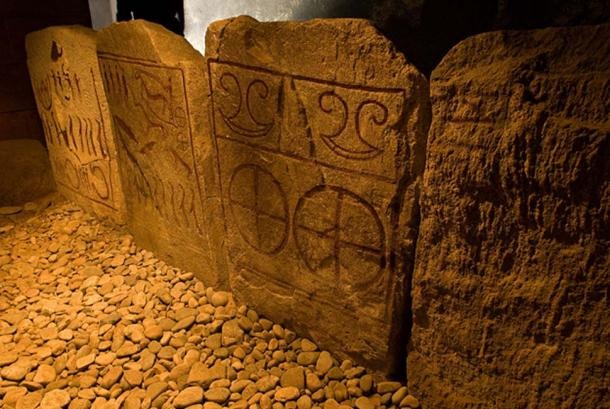
The King’s Tomb is thought to have been built by someone of significance in ancient society, since it was so big. It is not known who is buried there. However, logic says that those who imagined a royal burial were probably not far off the mark. The tomb might hold the remains of important warriors or rulers.
Modern researchers have had difficulty identifying what people call “treasure” at the Kungagraven site. The most interesting aspect of this site is the theory that the bones discovered there belonged to unknown rulers or other significant individuals. These people were undoubtedly influential, and as such, they were given a magnificent tomb created by people who lived in the area more than 3,000 years ago.
